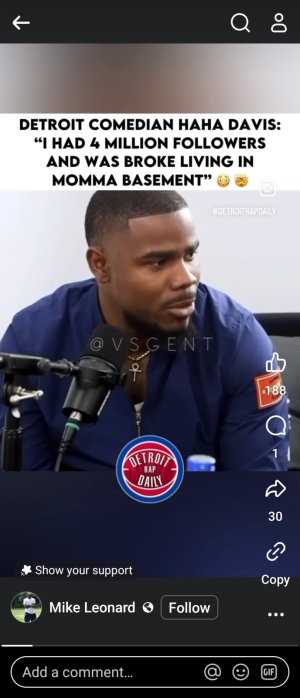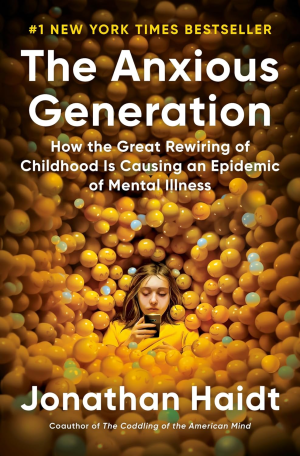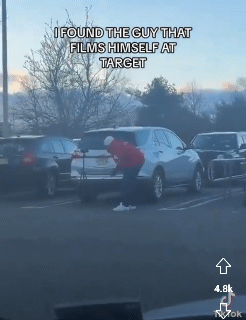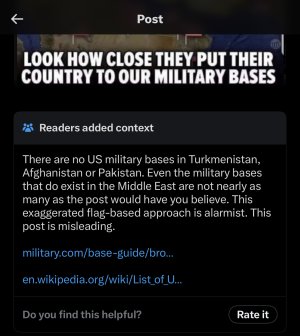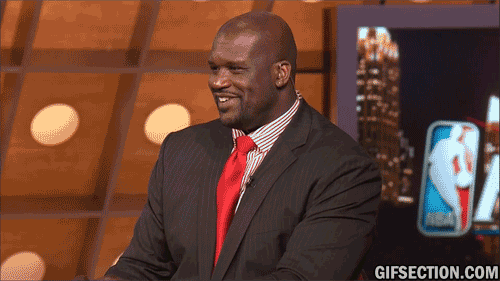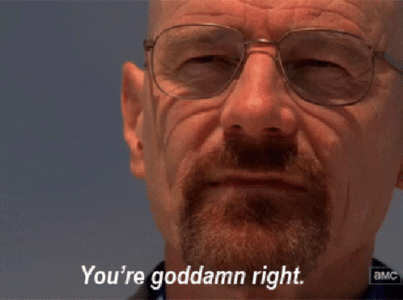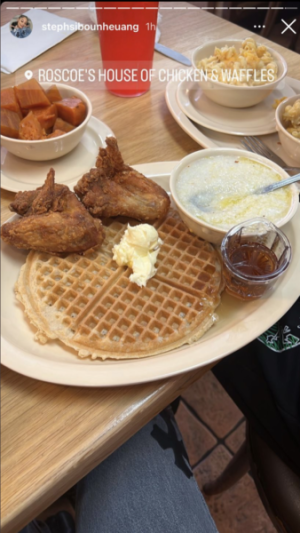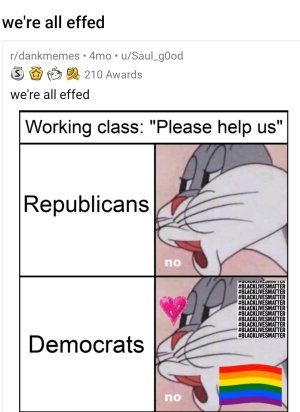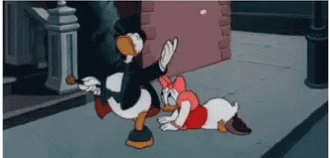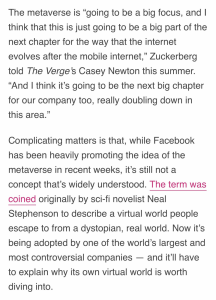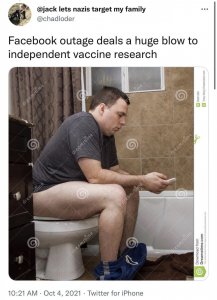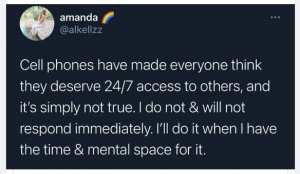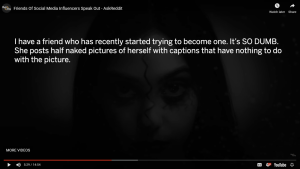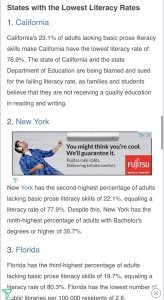Today, 500 million people will check their Instagram. And many will keep checking, and checking and checking because humans seem to crave the platform’s visual and social rewards.
But excessive social media use can be problematic, leading to
sleep disruption, productivity loss and
interpersonal conflicts. While “social media addiction” remains a highly contested term in the scientific community, the similarities between online interactions and addictive behaviors are raising concerns.
That’s why Instagram, which is owned by Facebook, has started testing out a new policy to remove visible likes from the platform. While users could previously see how many likes others had received on their posts, now they will only see the likes on their own photos.
Instagram first started hiding likes in Canada back in May, and has expanded the trials to Ireland, Italy, Japan, Brazil, Australia and New Zealand. The platform started testing removing likes in the U.S. in November.
But while the loss of likes might improve mental well-being, that little heart-shaped button has become a profitable tool for influencers, with
3.7 million brand-sponsored posts made on the platform in 2018. Influencers use likes as a means of attracting advertisers, and now they will have to recalibrate how they do business.
But, Instagram is making this change, even if it hurts business. CEO Adam Mosseri, explained recently at the
Wired25 Summitthat anxiety and social pressures that come from the app “are becoming more acute, particularly with young people, particularly in a mobile-first world.” Instagram pointed to these statements after PBS NewsHour contacted the company for an interview for this story.
Here’s how the experts think removing the like button could affect users’ brains and influencers’ clout.
Why People Get So Attached to Social Media
When we get a notification that one of our social media posts has received some type of interaction — whether that’s a like, comment or share — it’s uplifting.
“We’re hardwired to find social interactions rewarding,” said Dar Meshi, a cognitive neuroscientist at Michigan State University.
This social reward system
activates the ventral striatum, a part of the brain that focuses on decision making and reward-related behavior. It’s the same area that’s fired up when people gamble, enjoy a slice of cake or have sex, and cognitive neurologist Ofir Turel thinks this is why checking social media is so enticing.
“Every time we think about it or see someone else using social media, our brains are trained that social media is an enjoyable activity,” said Turel, who works in the Department of Information Systems and Decision Sciences at California State University Fullerton.
Meshi described these online engagements as pleasurable social experiences, just like when a listener nods their head in agreement when you’re speaking or someone gives you a compliment.
Imagine if every time you go to a bank, you get your balance, but you also see the balance of other people. It will cause most people to feel annoyed or dissatisfied with what they have…
— Ofir Turel, cognitive neurologist
Another attractive feature of social media is that when we post, we don’t know how many likes we’ll get and when we’ll get them. Turel said because of our fear of missing out, we tend to check social media more frequently because we don’t know when this new information will appear.
Behavioral psychologists B. F. Skinner and Charles Ferster
uncovered this habit decades ago — in pigeons. They randomized when the birds would receive rewards after pressing a button, and found that pigeons would press the button thousands of times in hopes of receiving a reward. Turel compared the pigeons’ compulsive behavior with humans persistently checking social media apps.
“Sounds crazy, right?” Turel said. “But we as humans are not very different from that.”
Turel believes that younger Instagrammers are more tempted by social media’s reward system because of brain development. In his words, the brain’s reward systems develop very quickly and mature at a young age, he said, but the mental regions that manage self control don’t finish developing until later on. This may lead to excessive social media use, Turel said.
“They have a very mature accelerator, but the brake system is not mature yet,” Turel said. “For example, they go on social media and they want to see one video, and they’re sucked in. Two hours later, they realize they’ve watched 200 cat videos.”
Does This Ever Count as Addiction?
It’s not so simple.
Although it may not be as severe as well-researched types of addiction, Meshi said repeatedly checking social media for online interactions still activates the brain’s reward system
similarly to other addictive behaviors, like a gambler pulling the lever at a slot machine.
But there are several key distinctions between problematic social media use and a substance addiction.
Compared to the consequences of drug addiction, which can completely destabilize a drug user’s life, leading even to criminal behavior, Meshi and Turel agreed that the negative effects from social media use are minor.
Additionally, Turel said that withdrawal symptoms differentiated social media overuse from other types of addiction. Disconnecting from social media may cause irritability, but addiction withdrawal symptoms can be physical and severe, like sweating and shaking.
How Will Influencers Cope With the Changes?
Though the loss of the like button might not make a massive difference for users with smaller followings — say, under 1,000 followers — Evan Asano, founder of the influencer marketing agency Mediakix, said the change could alter how influencers do business.
“Likes have been the standard of measurement up until now” Asano said. “It’s an easy standard to measure engagement.”
When brands select influencers to market products, they pay attention to the influencer’s engagement rate, or ratio of likes to followers. Chances are, the more the audience engages with an influencer’s post, the more valuable the influencer is for brands.
Asano said the industry will need to find a new metric for gauging influencers’ worth, which could be comments, but argued the new policy might not have a huge effect. It might simply change how advertisers and agencies gather metrics. For example, Mediakix can independently track its influencer business numbers in a campaign database.
“Instagram is growing like crazy still,” Asano said. “It’s great having people express themselves rather than posting the same type of photo, because that’s the one that gets the most likes.”
So What’s the Takeaway?
Under the new policy, likes would no longer be visible to others. Only the profile owner would be able to see like counts on their own photos.
“The idea is to depressurize Instagram,” Instagram’s Mosseri said. “We’re trying to reduce anxiety, we’re trying to reduce social comparisons.”
As it turns out, Turel said that losing the ability to see how many likes your fellow ‘grammers get could greatly impact how we use the app. By removing likes, Instagram also takes away reference points for users to compare their numbers to others.
Turel believes this could make Instagram a safer environment;
one Michigan State University study published earlier this year found that excessive Facebook users were more likely to make riskier decisions — in this case, gambling and with losing more money in a simulation.
“Imagine if every time you go to a bank, you get your balance, but you also see the balance of other people,” Turel said. “It will cause most people to feel annoyed or dissatisfied with what they have, and that would prompt them to engage in riskier behaviors.”
Left: Neuroscientists say younger users are more tempted by social media because the brain's reward system develops quickly and matures at a young age, but the mental regions that manage self control don’t finish developing until later on.









